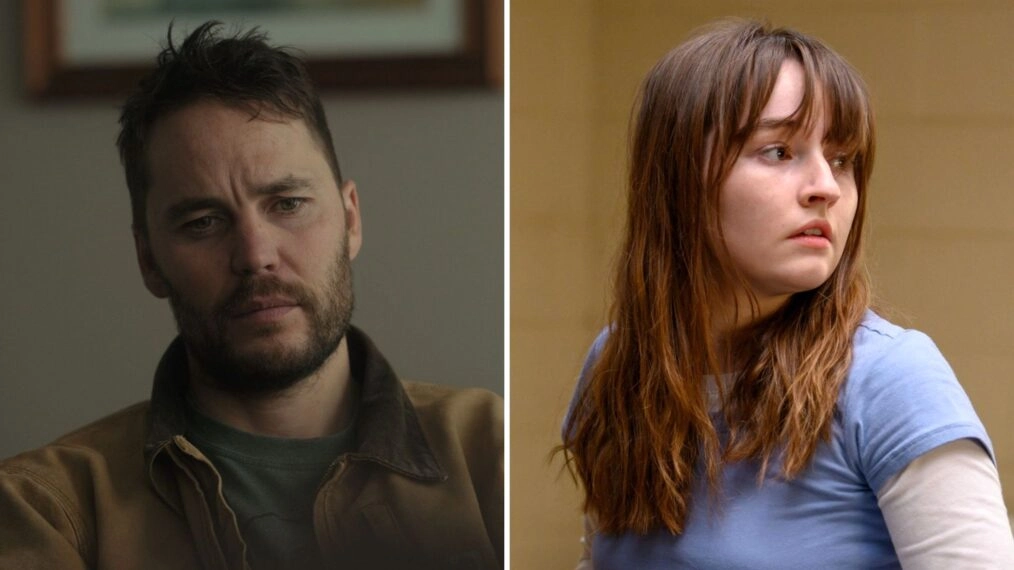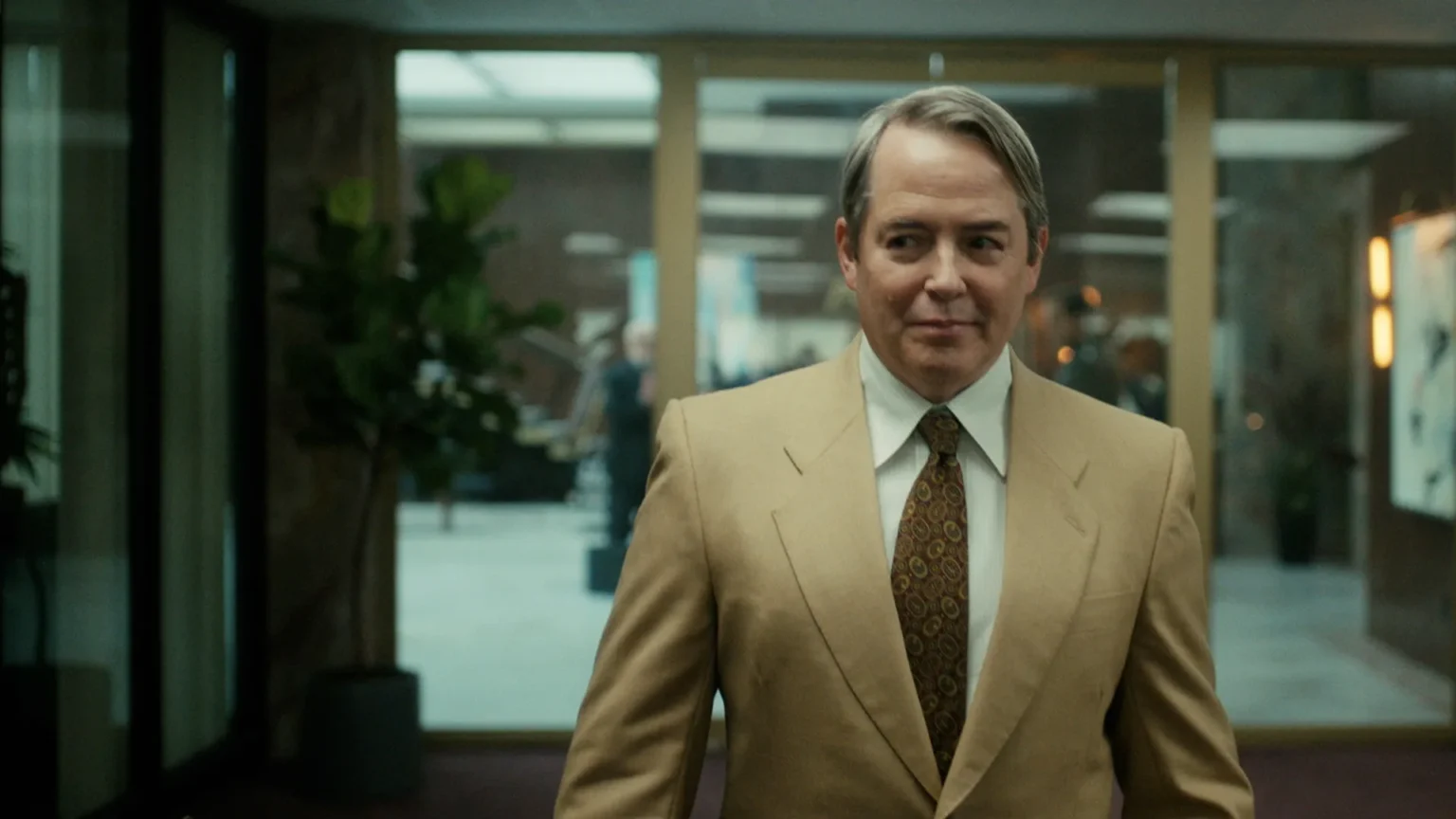Latest limited series, Painkiller on Netflix attempts to shed light on the opioid epidemic by dramatizing the launch of OxyContin and its devastating aftermath. While the series carries a weighty subject matter, it struggles to strike the right balance between style and substance. Drawing influences from Adam McKay’s distinctive style, Painkiller employs rapid pacing and heavy-handed metaphors that ultimately overshadow its central narrative. This review delves into the series’ portrayal of the opioid crisis, its character dynamics, and its ambitious narrative structure.
The Influences of Style: Flashiness Over Substance

One cannot ignore the palpable influence of Adam McKay’s storytelling style in Painkiller. The series showcases restless pacing, rapid editing, and an onslaught of fantasy sequences. However, the show’s ambition to captivate the audience with flashy techniques often comes at the expense of substantive storytelling. The ostentatious style, meant to emphasize the gravity of the opioid crisis, ironically distracts from the core narrative. Rather than serving as a powerful tool for engagement, it overwhelms the viewer and distances them from the emotional depth of the issue.
Lost in Non-Linear Storytelling
Painkiller employs a non-linear narrative structure, a common technique seen in contemporary TV shows and movies. Unfortunately, this approach detracts from the emotional engagement that is crucial when tackling a serious topic like the opioid epidemic. By presenting events out of sequence, the series prevents the buildup of empathy for the characters and dilutes the impact of the crisis. The audience is left feeling disconnected and unable to fully comprehend the gravity of the situation.
Character Development: Shallow and Unconvincing
While Painkiller attempts to explore various perspectives within the opioid crisis, it falls short in developing compelling characters. The show introduces characters such as sales reps Shannon and Britt, and family man Glen Kryger. However, these characters often feel like generic composites, failing to evoke empathy or interest. Despite strong performances by the cast, including Taylor Kitsch and Dina Shihabi, the lack of depth undermines the series’ ability to connect with the audience.
The Uzo Aduba Factor: A Glimpse of Substance
Uzo Aduba’s portrayal of federal investigator Edie stands out as a glimmer of substance in an otherwise flashy series. Her character frames the narrative, providing crucial context for the actions of the Sackler family and the launch of OxyContin. Aduba’s performance radiates righteous anger and sorrow, serving as a powerful reminder of the real-life devastation caused by the opioid crisis. While her character is a testament to the potential depth of the series, it remains an exception rather than the rule.
Consequences of Excessive Ambition: Undermining the Message
Painkiller aims to inform and engage the audience about the opioid crisis, but its excessive ambition ultimately undermines its own message. The series could have been a compelling exploration of the devastating impact of corporate greed and the failure of regulatory systems. Instead, it becomes an exhausting experience due to its emphasis on style over substance. The bombardment of flashy techniques compromises character development, nuanced analysis, and emotional resonance.
Comparative Reflection: ‘Painkiller’ vs. ‘Dopesick’

A crucial point of reference for evaluating Painkiller is Hulu’s Dopesick, which also delves into the opioid epidemic. The comparison between the two series underscores the shortcomings of Painkiller. While Dopesick takes a measured and somber approach, effectively conveying the gravity of the crisis, Painkiller falls into the trap of excessive stylization. Dopesick prioritizes emotional depth and comprehensive analysis, resonating more profoundly with the audience.
Conclusion: A Missed Opportunity for Impact
In the end, Painkiller proves to be a missed opportunity in addressing the opioid epidemic. The flashy style, influenced by Adam McKay’s storytelling, overshadows the series’ weighty subject matter. The non-linear narrative and shallow character development further hinder the audience’s connection with the story. Despite the potential for depth, exemplified by Uzo Aduba’s portrayal, the series succumbs to its own ambition. For those seeking a more impactful exploration of the opioid crisis, Dopesick remains the superior choice. In the realm of television, substance should always triumph over style, especially when dealing with matters as crucial as the opioid epidemic.















